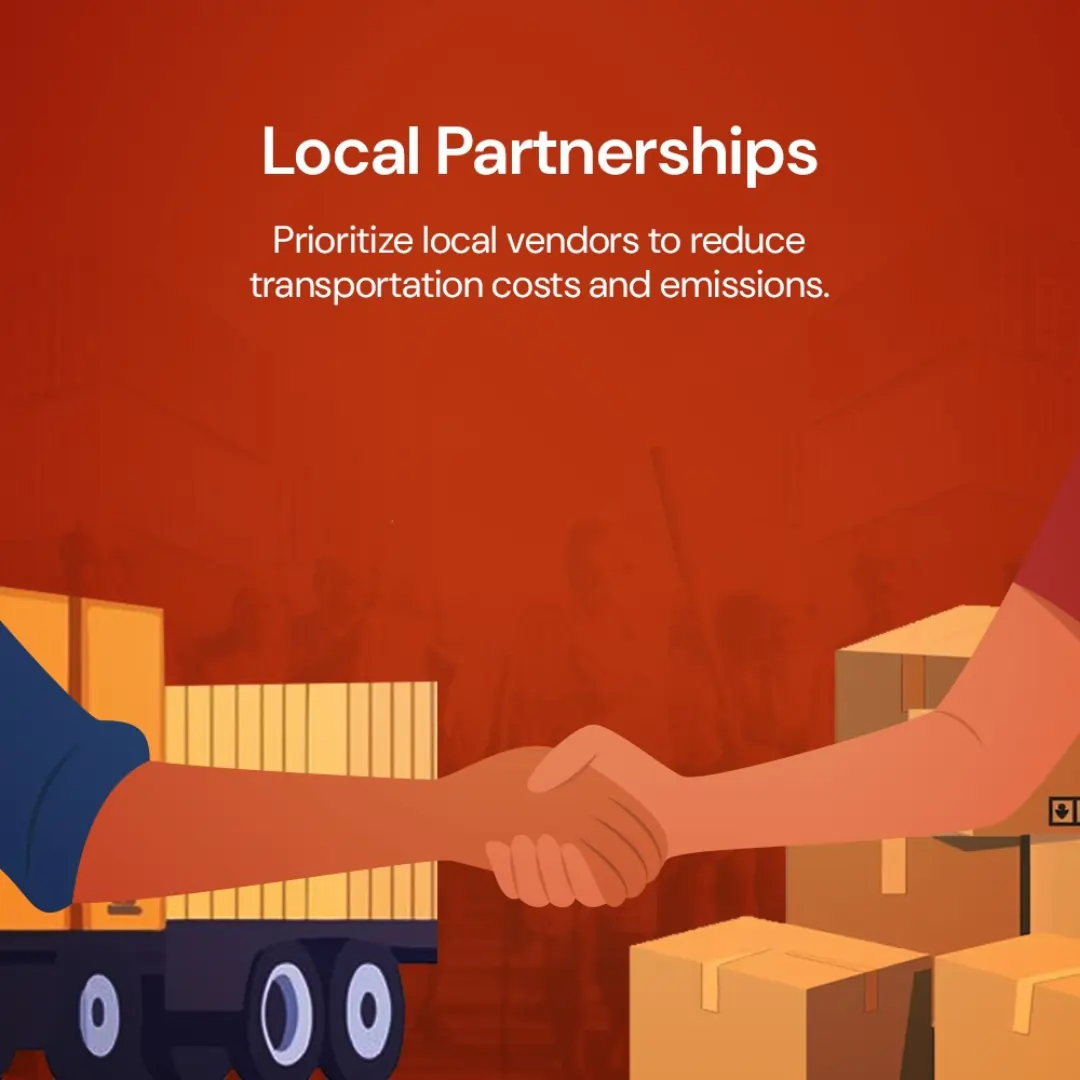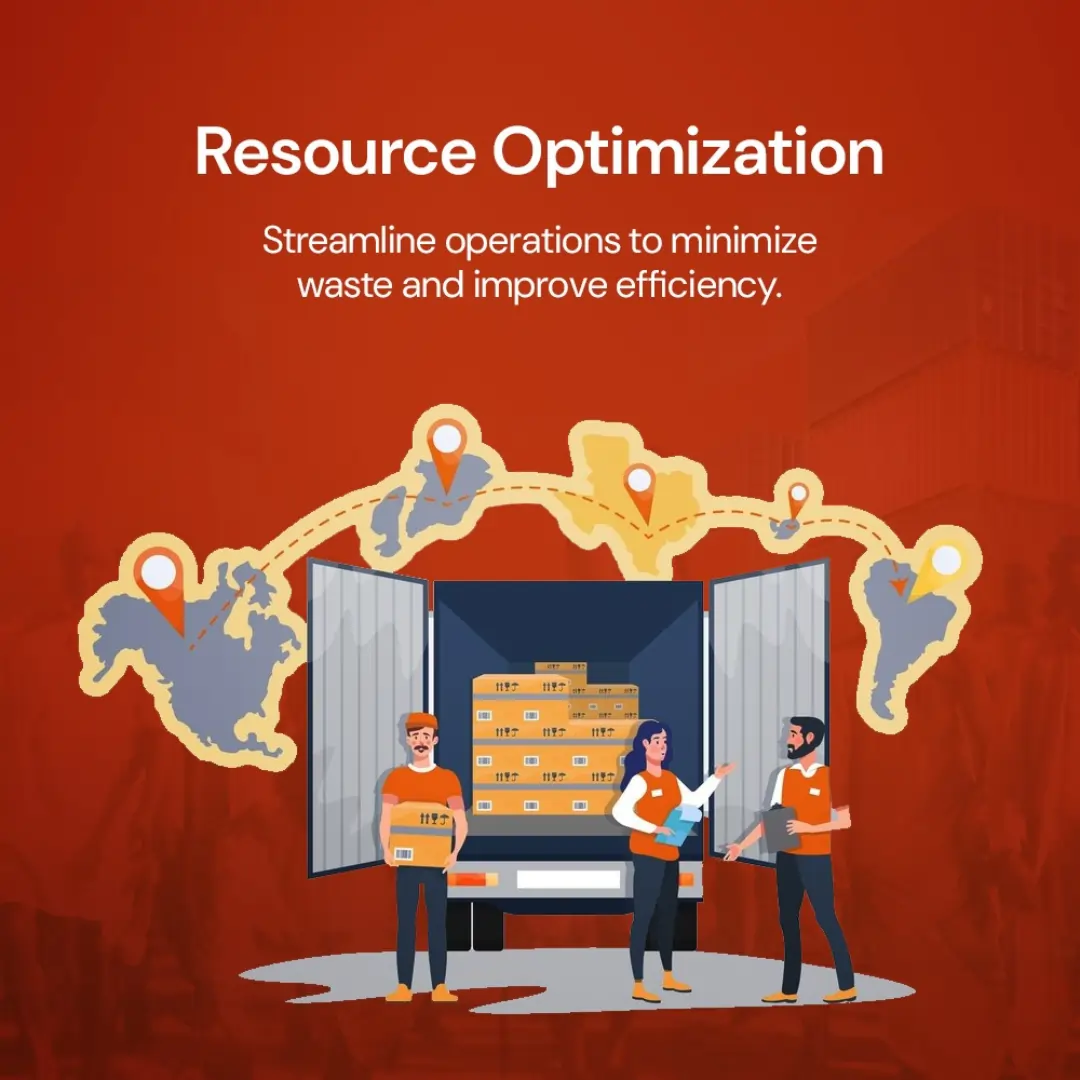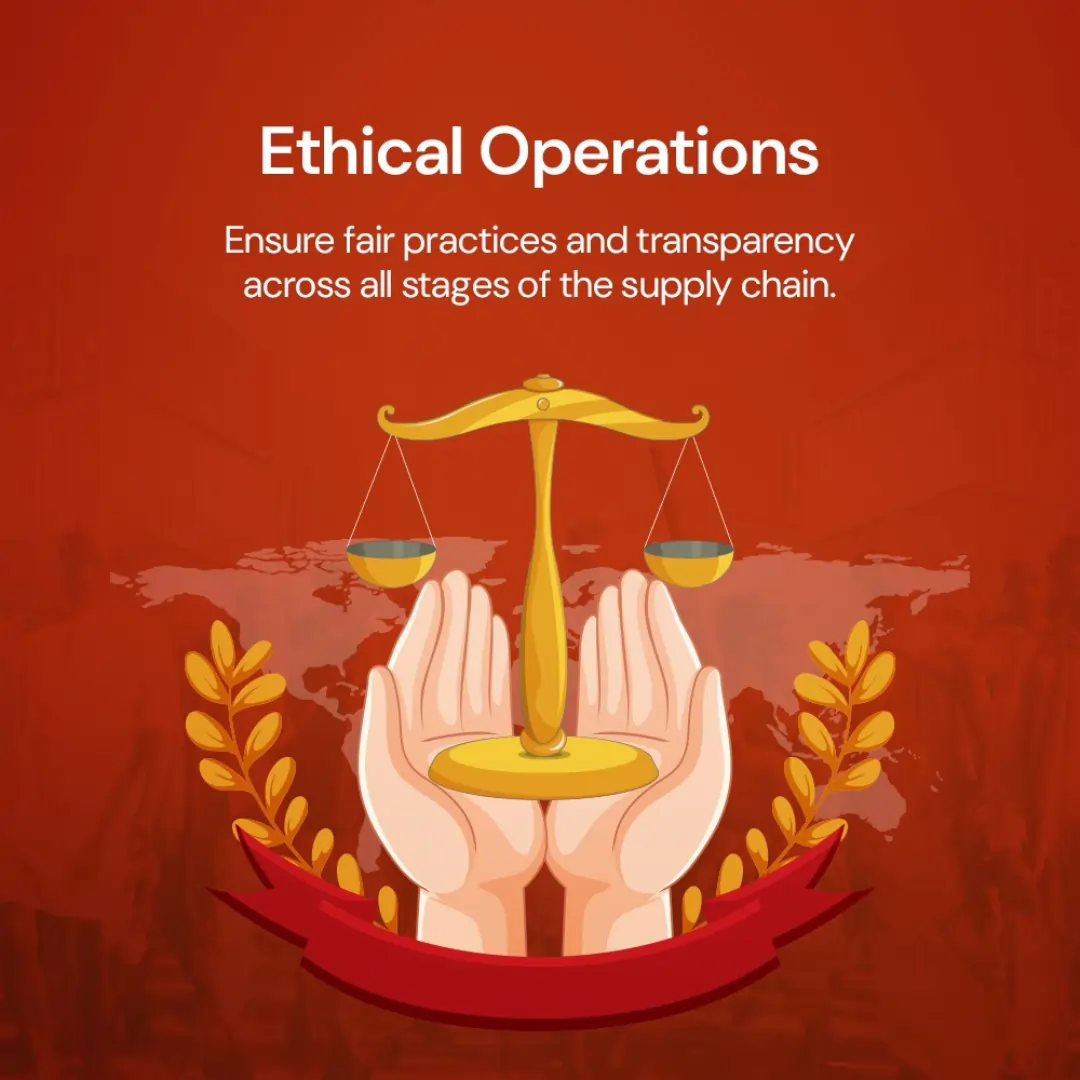4 Gandhi-Inspired Steps to Build a Sustainable Supply Chain
The ideas of Gandhi, which are centered on simplicity, fairness, and self-reliance, offer valuable lessons for creating a sustainable supply chain. By embracing these principles, businesses can become more eco-friendly and resilient. Here are four Gandhi-inspired steps to guide your supply chain towards sustainability:

1. Source Locally
Gandhi believed in supporting local communities. By sourcing locally, businesses can reduce transportation emissions and strengthen relationships with nearby suppliers. This reduces the environmental impact and helps build a stronger, more reliable supply chain.

2. Reduce Waste and Optimize Resources
Gandhi’s emphasis on simplicity teaches us to minimize waste and make better use of resources. Adopting lean practices like reducing excess inventory, using eco-friendly packaging, and optimizing processes not only benefits the environment but also boosts efficiency and reduces costs.

3. Use Greener Transportation
Gandhi’s respect for nature encourages us to adopt greener logistics. Businesses can invest in eco-friendly vehicles, optimize delivery routes, and leverage technologies to cut fuel consumption, reducing their overall environmental footprint.

4. Fair Labor and Transparency
Gandhi championed fairness and human dignity. In a supply chain context, this means ensuring fair labor practices, transparency, and accountability at every stage. Treating workers ethically and maintaining transparency builds trust and supports long-term sustainability.

Conclusion
By following these Gandhi-inspired steps, local sourcing, reducing waste, greener transportation, and fair labor practices, businesses can create a sustainable supply chain that benefits both the planet and the people involved.


